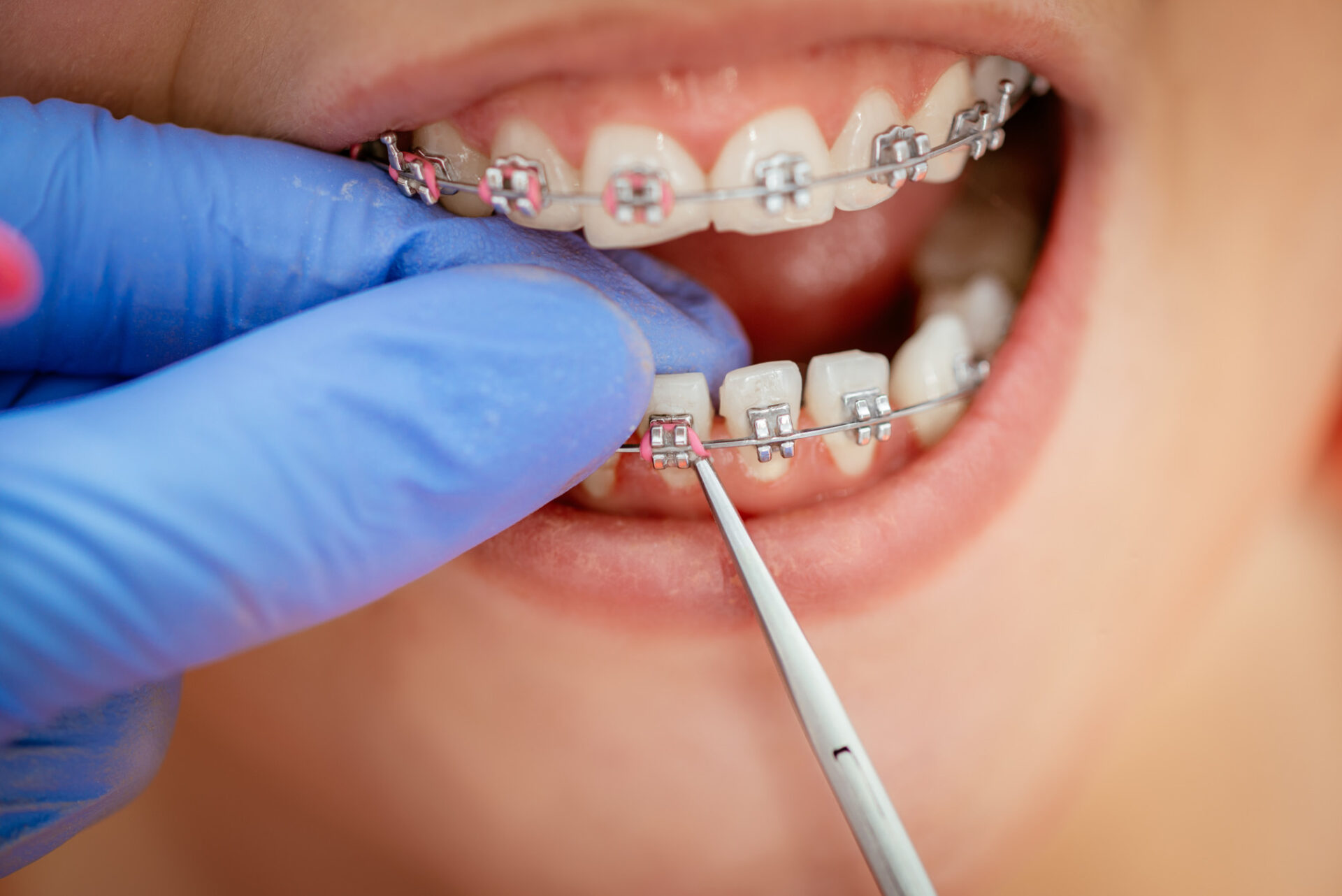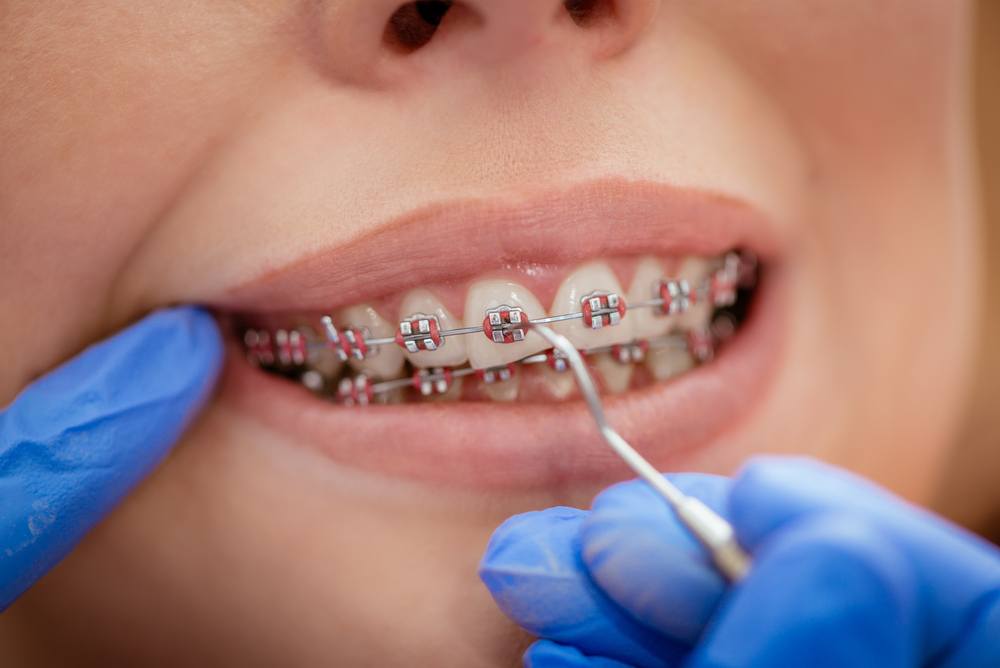Comprehensive Overview to Orthodontics Procedures for Dealing With Oral Misalignments
Recognizing the complexities of each procedure, including their devices, benefits, and potential disadvantages, is essential in making notified decisions regarding one's orthodontic therapy. As we navigate via the thorough overview to orthodontic treatments for fixing oral imbalances, the intricate details of each technique will certainly unfold, dropping light on the course towards a unified and useful dental positioning.
Orthodontic Procedures Introduction

In enhancement to clear aligners and typical braces, orthodontists may also advise various other treatments like headgear, palatal expanders, or retainers to attend to certain positioning problems (orthodontics). These treatments are customized to every client's distinct demands and might involve a combination of treatments to achieve the preferred results. Routine adjustments and monitoring are essential components of orthodontic treatment to make certain progress gets on track and to make any necessary alterations in the process. By undergoing orthodontic procedures, people can not only accomplish a straighter grin but additionally enhance their general dental health and wellness and feature.
Typical Braces: Just How They Work
When considering orthodontic treatments for oral misalignments, standard braces stick out as a time-tested method for fixing teeth placing. Standard braces contain braces, cords, and bands that collaborate to apply continuous pressure on the teeth, slowly moving them into the preferred positioning. The brackets are affixed to the teeth utilizing an unique adhesive, and the cables are threaded with the braces. By readjusting the tension of the cables, orthodontists can regulate the direction and force put on each tooth, assisting them into appropriate positioning over time.
As stress is applied to the teeth via the braces, the bone bordering the teeth is improved to support the brand-new tooth settings. Clients will certainly need routine changes at the orthodontist's office to guarantee the braces continue to apply the proper pressure for effective teeth movement.
Undetectable Aligners: Pros and Cons
Undetectable aligners provide a hassle-free and very discreet option to conventional dental braces for correcting oral misalignments. These clear, custom-made trays are practically invisible when put on, making them an appealing choice for individuals seeking a much more aesthetically pleasing orthodontic therapy. Among the main benefits of unnoticeable aligners is their removability, permitting much easier maintenance of dental hygiene contrasted to traditional dental braces. Clients can get rid of the aligners prior to consuming or brushing their teeth, lowering the risk of food obtaining embeded the appliance and simplifying the cleaning procedure.

Surgical Orthodontic Options
Surgical interventions in orthodontics existing practical alternatives for addressing complicated dental misalignments that may not be effectively dealt with via traditional orthodontic treatments. While undetectable aligners and conventional braces can remedy several orthodontic issues, particular cases require surgical intervention to achieve ideal results. Surgical orthodontic options are typically recommended for extreme malocclusions, significant jaw discrepancies, and situations where the go to this web-site underlying bone structure needs modification to attain proper positioning.
One typical medical orthodontic procedure is orthognathic surgical procedure, which involves repositioning the jaws to correct practical concerns such as trouble speaking or eating. This surgical treatment is typically executed in collaboration with an orthodontist who helps align the teeth before and after the procedure. Surgical orthodontics may additionally involve treatments to subject affected teeth, remove excess gum tissue, or reshape the jawbone to create a much more harmonious face profile.
Before thinking about surgical orthodontic alternatives, patients go through a detailed assessment to establish the here are the findings requirement and potential advantages of such interventions. orthodontist. While surgical treatment might appear difficult, it can substantially boost both the function and aesthetics of the smile in instances where standard orthodontic treatments fall short
Retainers and Post-Treatment Care

Failing to comply with post-treatment care wisdom teeth guidelines can result in relapse, where the teeth progressively move back in the direction of their original placements. Constant retainer wear, good oral hygiene, and normal dental examinations are crucial for preserving the outcomes accomplished through orthodontic surgical treatment and making sure the long-term stability of the remedied dental placement.
Final Thought
To conclude, orthodontic procedures use various choices for dealing with dental imbalances. Typical braces utilize steel brackets and cables to move teeth right into proper placement. Invisible aligners supply an even more discreet option yet may not be appropriate for all situations. Surgical orthodontic alternatives are offered for extra severe imbalances. Retainers are commonly utilized post-treatment to keep the new positioning. Overall, orthodontic procedures can properly enhance dental wellness and aesthetic look.
As we navigate with the detailed guide to orthodontic procedures for correcting dental imbalances, the intricate details of each method will unfold, shedding light on the path toward a useful and unified oral placement. - aligners
One of the most typical orthodontic treatments is the use of dental braces, which consist of metal braces and wires that use gentle pressure to gradually shift teeth right into the desired placement.When taking into consideration orthodontic therapies for oral imbalances, standard dental braces stand out as a tried and true technique for fixing teeth placing. Furthermore, undetectable aligners might not be ideal for intricate orthodontic issues that call for even more significant teeth movement, as they are usually suggested for mild to moderate cases. Retainers are personalized orthodontic devices made to hold teeth in their remedied positions after the completion of orthodontic treatment.